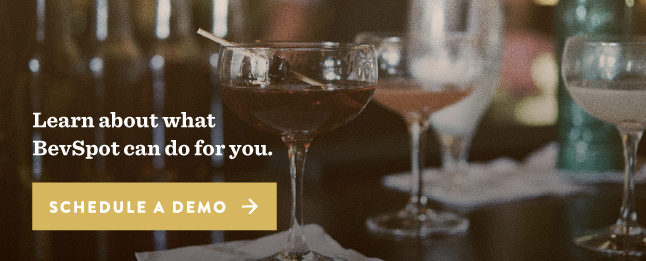


Improving your bar’s profitability comes down to understanding the numbers. And, for any beverage program, there are plenty to remember.
To make it easier, we’ve put together the seven essential bar math equations for running a more profitable bar or restaurant.
Bookmark it. Print it. Never forget an equation again.
Crucial for efficient inventory management, the inventory usage equation tells a bar manager exactly how much of each product a bar has used over a defined period of time. This equation is a crucial first step in almost every measurement of a bar’s performance.
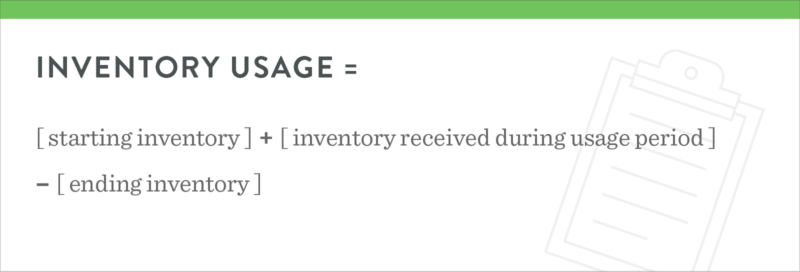
Download your free inventory spreadsheet.
Pour costs, also referred to as beverage costs or cost percentages, represent the percentage of cost your drinks make up compared to your resulting sales. They’re affected by drink cost, drink pricing and product loss, and they’re an essential gauge of your bar’s profitability and financial health.
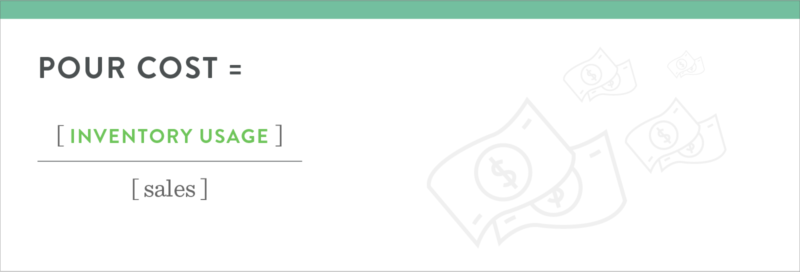
Variance is one of the biggest detractors of a beverage program’s profitability. It represents the difference between the amount of product sold during a given period of time and the amount of product used during that same period.
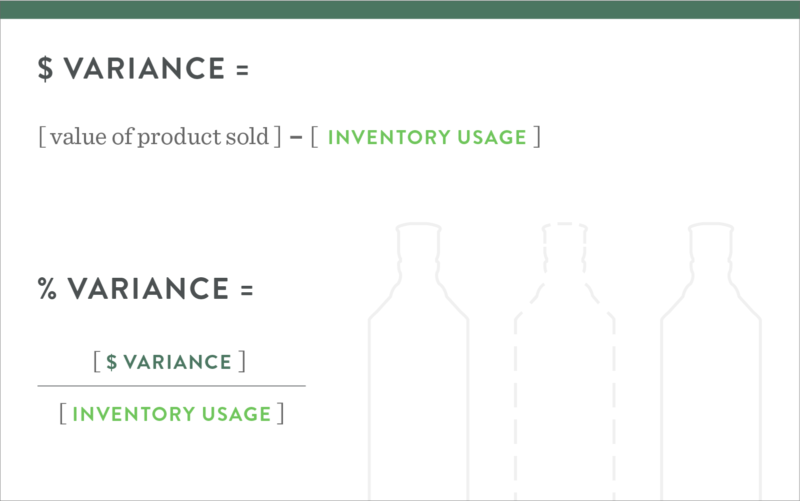
The first step to pricing a cocktail is understanding how much your drink costs to make. To figure this out, you’ll need to know your drink’s ingredients, their container sizes, prices and pour sizes.
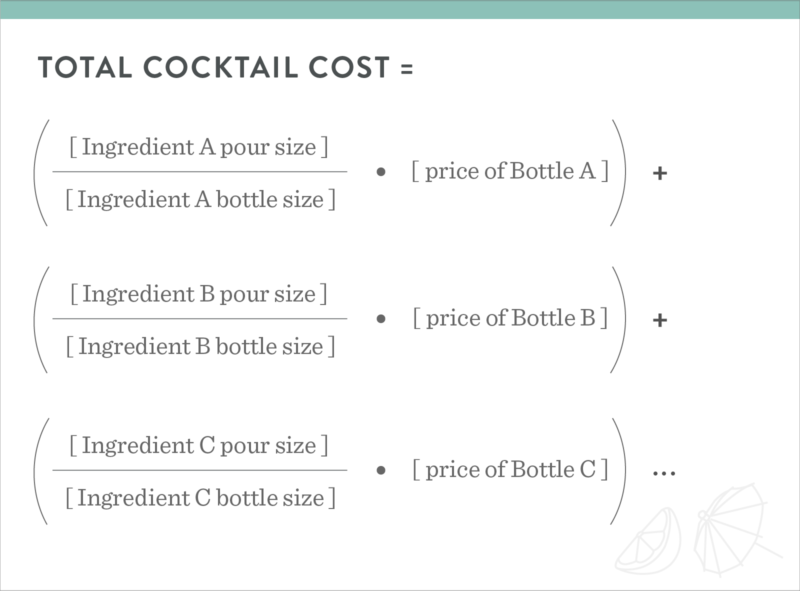
Or, let our free Drink Pricing Tool do it for you.
To determine how much each draft beer costs, you need to know the keg size (usually 15.5 gallons), its price and your draft pour size (usually 12 or 16oz).
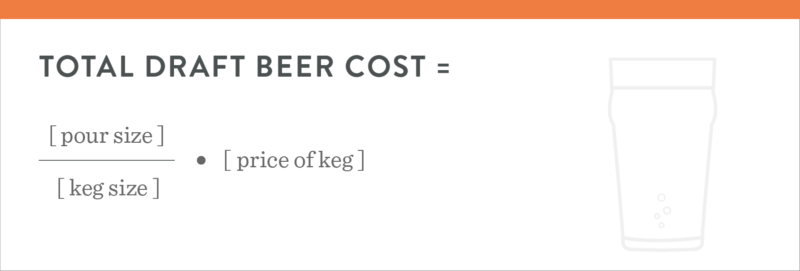
In order to understand how much a glass of wine costs, you’ll need to know the size of the wine bottle (usually 750ml), its price and your wine pour size (usually 5oz).
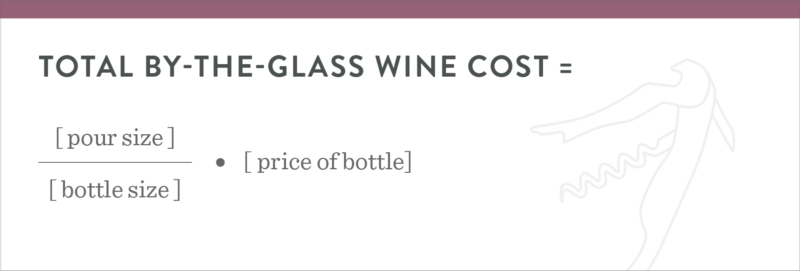
To price your drinks, first determine your desired cost percentage for each category (e.g. 24% for beer, 15% for spirits and 28% for wine). Then, divide this by your desired pour cost percentage. Be sure to round numbers for straightforward pricing.
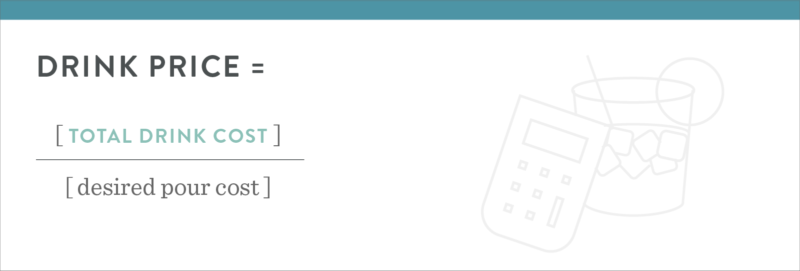
Keep in mind, your drink pricing will need to be constantly updated due to shifting product prices. To save you time and effort, we created an easy-to-use Drink Price Calculator that will quickly do all your drink pricing for you.
We know, there are too many bar management equations to keep track of. That’s why we built software to deal with all the numbers for you.
BevSpot gives you all the data behind your bar—in one place, on any device—enabling you to make smarter business decisions while also saving you time and money.
Want to see how it works? Book a demo with one of our product specialists.
